I became aware of the Museum of Appalachia through it's entry in Roadside America, which described the museum as having a "seemingly endless supply of oddities" including a wood burl devil's head and a Civil War-era perpetual motion machine. I would've enjoyed the museum just for those things, but the fact is that it is really much more than a collection of oddities. Many of the items in the museum (which sprawls across 65 acres and several buildings filled with artifacts) are attached directly to stories about the people connected to the material culture. The items (such as homemade crossbows, polka dotted furnishings, whittled toys, and unique musical instruments) and the narratives evoke peoples' lives and experiences in a way that I have never seen before in a museum, blending the personal and historical to create (in me, at least) the sense that I knew these folks. My own family history, flirting with the fringes of Appalachia, probably contributed to that sense of familiarity. This museum makes history both big and small at the same time, and gives a voice to the textures, rhythms, and trajectories of people, societies, and ways of life that don't get much play in the "big" narratives of history -- a remarkable achievement.
For now, I'm just going to post some photos I took.
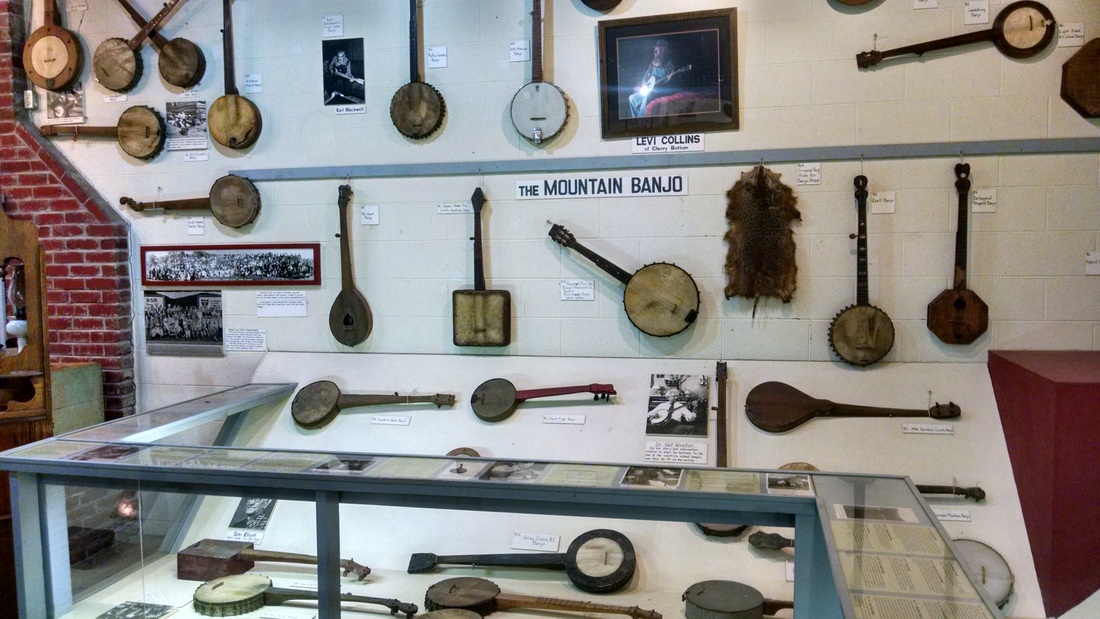
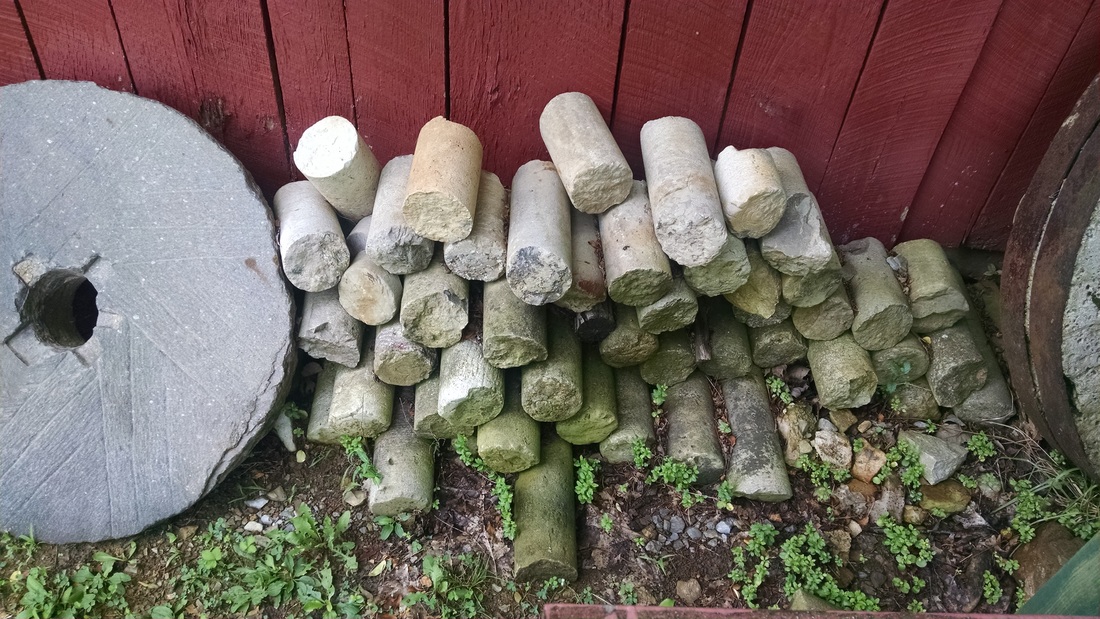
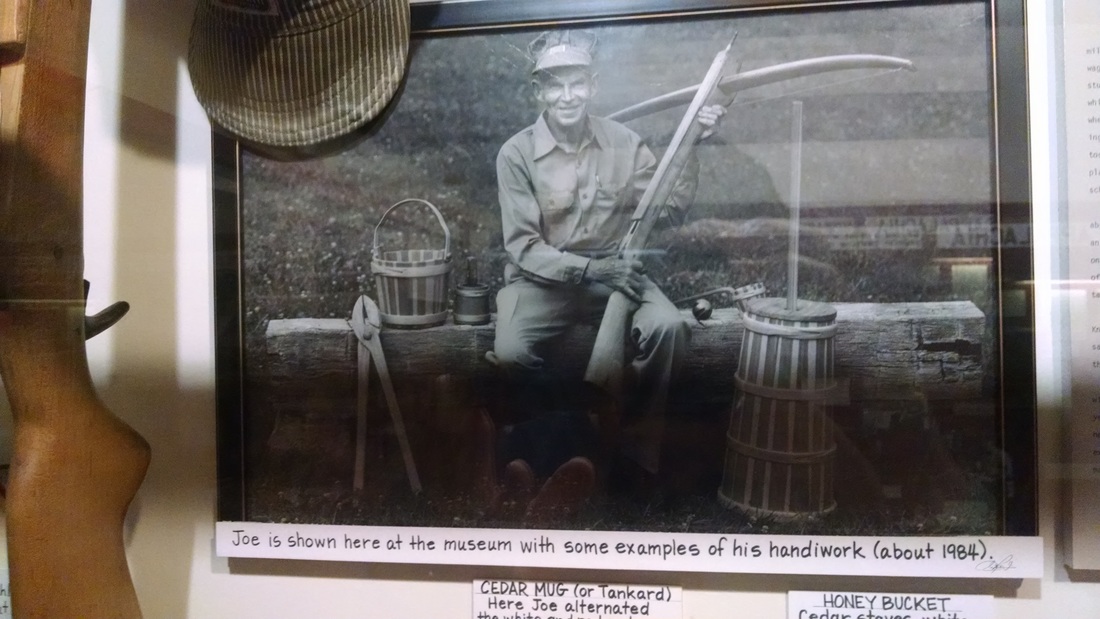

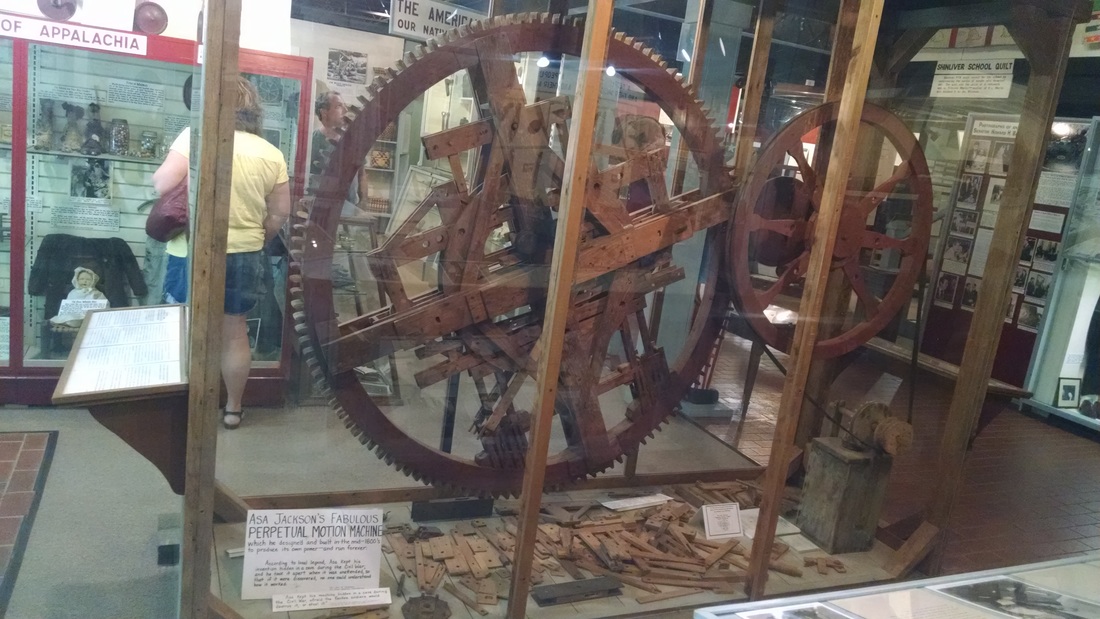
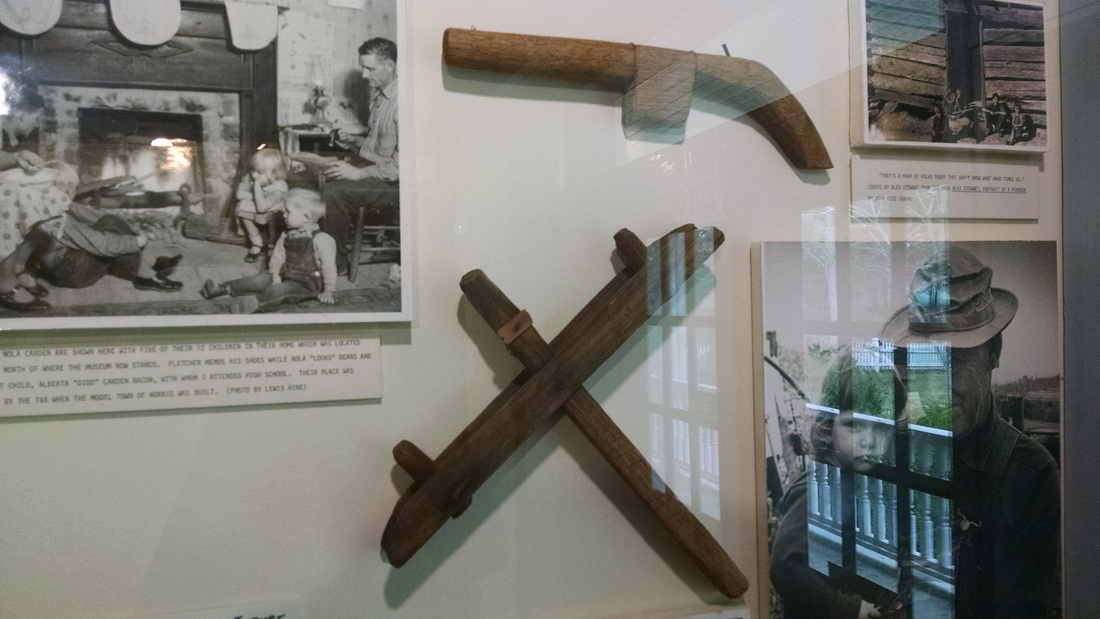
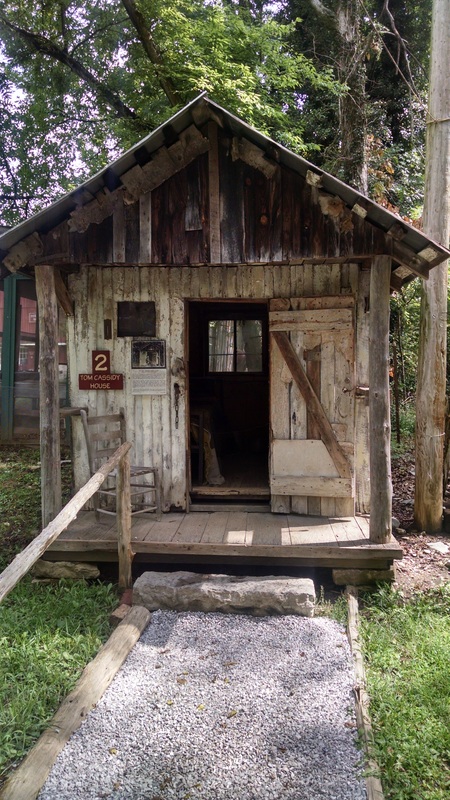
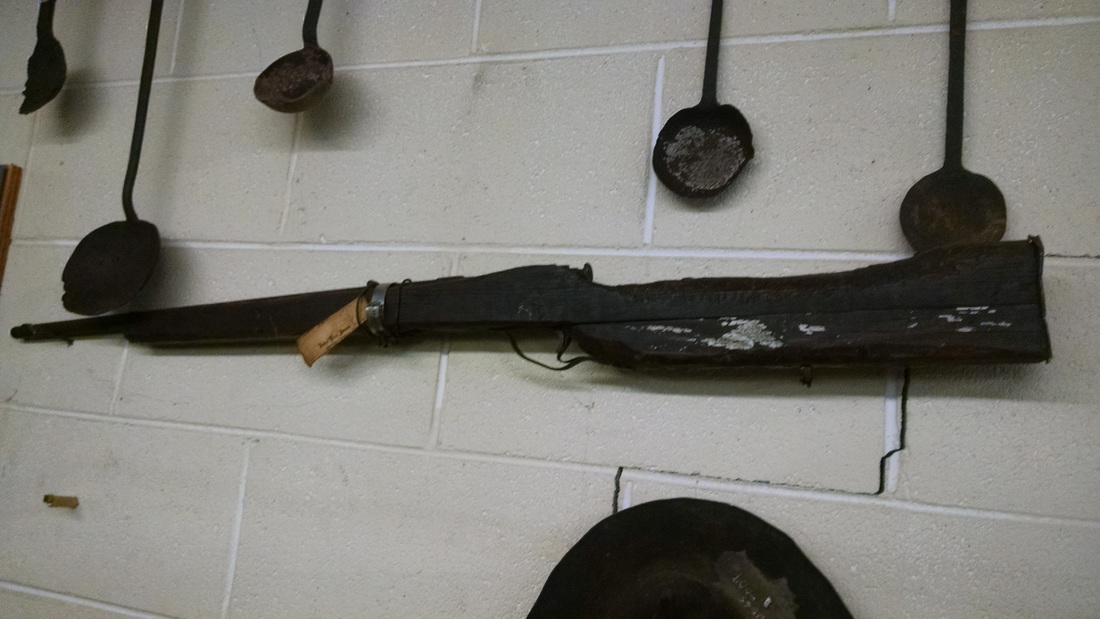
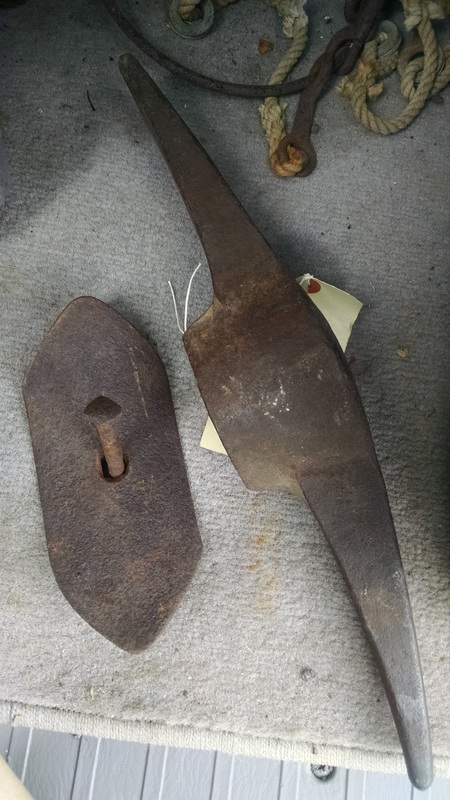


 RSS Feed
RSS Feed
